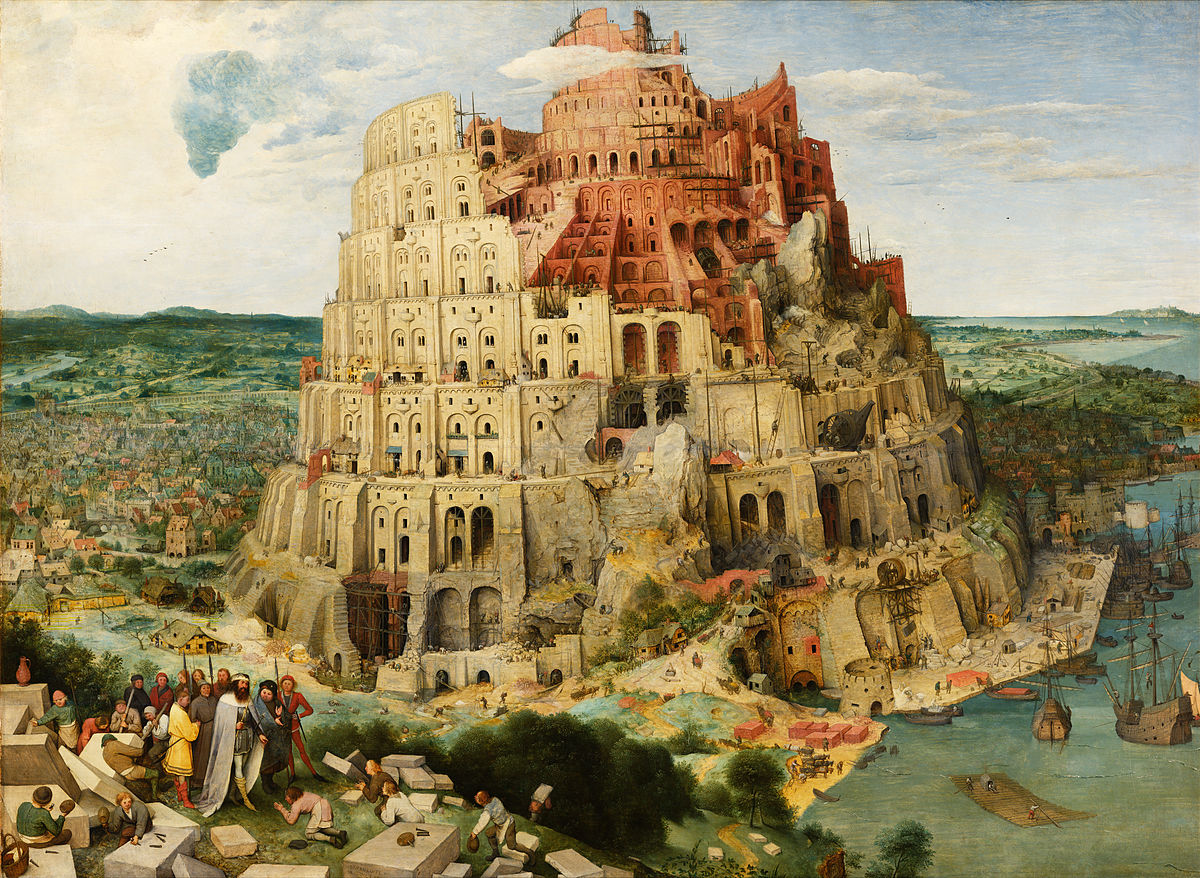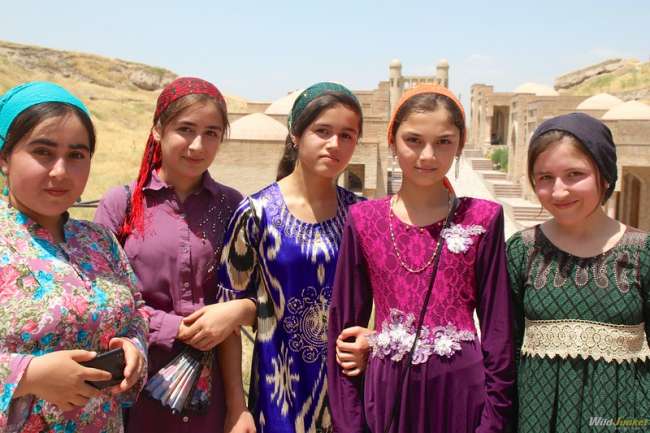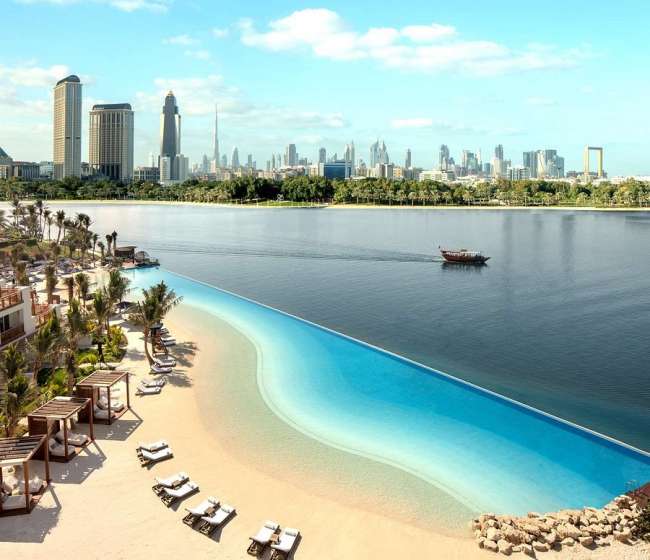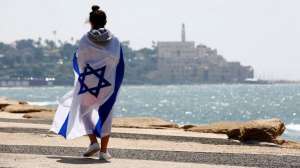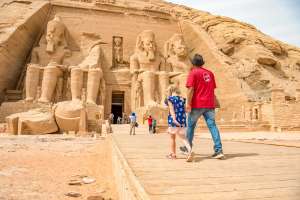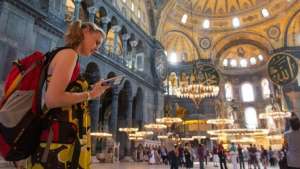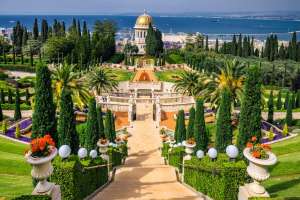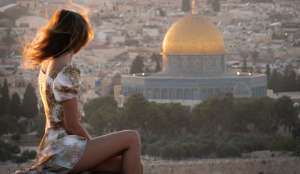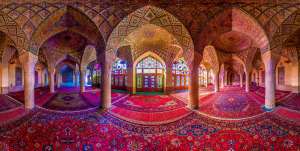When people hear the name Iraq, their first thoughts often drift toward decades of conflict, dusty battlefields, and political turmoil. Yet beneath that scarred surface lies a land that once stood at the very center of human civilization—a place where writing was born, cities first rose, and ideas that shaped the modern world took root. Iraq is not just another country in the Middle East; it is a living museum of the ancient world.
The twin rivers, the Tigris and Euphrates, carve through its plains, nourishing lands that gave rise to the earliest known societies of Mesopotamia, Sumer, Akkad, and Babylon. This is why Iraq is forever called the Cradle of Civilization. Its soil holds the remnants of empires and echoes of prophets, poets, and conquerors. The region gave humanity the first cities, the earliest written laws, and monumental achievements in science, mathematics, medicine, and theology.
From the timeless ruins of Babylon to the gleaming golden domes of Karbala and Najaf, every stone here carries a story. The landscapes of Iraq are woven with contrasts—where sacred shrines and age-old monasteries rise beside bustling markets and where dusty archaeological sites rest quietly under the same sun that once lit the empires of Hammurabi and Nebuchadnezzar. Though time and conflict have reshaped much, Iraq remains a land of profound beauty and deep spirit, waiting for the world to rediscover it.
Imam Hussain’s Shrine, Karbala
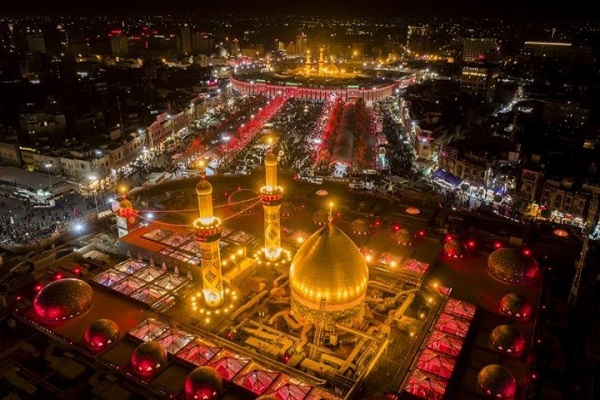
In the heart of Karbala, surrounded by a city that never truly sleeps, stands one of the holiest and most awe-inspiring monuments in the Islamic world—the Shrine of Imam Hussain. This sacred complex marks the resting place of Husayn ibn Ali, the grandson of the Prophet Muhammad and a central figure in Shia Islam, remembered for his courage and sacrifice in the Battle of Karbala in 680 CE.
During Ashura, the anniversary of Imam Hussain’s martyrdom, the city transforms into a sea of black-clad pilgrims, millions strong, who gather to mourn, chant, and remember his bravery. The shrine’s enormous golden dome gleams under the Iraqi sun, surrounded by slender minarets and mosaics of brilliant turquoise and emerald tiles. Inside, chandeliers glimmer above marble floors as verses of devotion echo through its halls.
Outside the shrine, the streets bustle with life. Pilgrims sip sweet tea, vendors sell rosaries and small Qurans, and the scent of incense lingers in the air. The shrine is not only a site of spiritual devotion—it is a symbol of perseverance, identity, and faith that continues to inspire millions around the world.
Shrine of Imam Ali, Najaf

Further south, in Najaf, rises another sacred beacon of Islamic history—the Shrine of Imam Ali ibn Abi Talib. This site is revered as one of the three holiest destinations for Shia Muslims, drawing visitors from across continents to pay their respects to the first Imam and the cousin and son-in-law of Prophet Muhammad.
Constructed in 977 CE over Imam Ali’s tomb, the shrine has withstood centuries of war, reconstruction, and reverence. Many believers also hold that the tombs of Prophets Adam and Noah lie within its grounds, giving the site even deeper spiritual resonance.
The shrine’s vast golden facade glows like a beacon in the desert night. Ornate mosaics, calligraphic inscriptions, and reflective mirror work fill the interior with divine light. Visitors walk slowly through its gates, whispering prayers of peace and guidance, often overcome by emotion. Najaf itself thrives around the shrine, a city where the sacred and the everyday blend seamlessly in the hum of life and devotion.
Erbil Citadel, Erbil
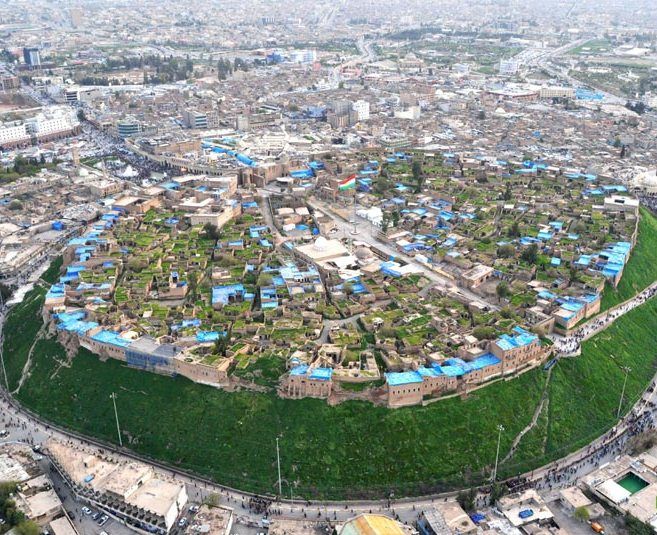
Atop a massive mound in the heart of Erbil stands one of humanity’s oldest continually inhabited settlements—the Erbil Citadel. Recognized as a UNESCO World Heritage Site, this ancient fortress has watched civilizations rise and fall for over 6,000 years. Archaeologists believe that the citadel’s roots stretch back to the fifth millennium BCE, and possibly even earlier.
Walking through the citadel is like stepping into a timeline carved by generations. Narrow pathways wind between old stone houses, ancient mosques, and restored museums that now preserve the memory of this enduring city. From its elevated walls, the panorama of modern Erbil spreads out below, a fascinating contrast between ancient heritage and modern progress.
Within these walls, you can sense the heartbeat of Kurdish history—the resilience, pride, and continuity that define the region. The citadel stands not just as a monument to antiquity, but as a living reminder of Iraq’s capacity to endure and rebuild, age after age.
Babylon, Al Hillah

Once the dazzling capital of the Babylonian Empire, the ruins of Babylon near the city of Al Hillah remain among the most famous archaeological sites on Earth. The city’s story stretches back nearly five thousand years, having been founded in the third millennium BCE and reaching its zenith under King Hammurabi in the 18th century BCE.
Under Hammurabi, Babylon became a hub of law, learning, and architecture—his famous code of laws remains one of history’s most significant achievements. Centuries later, under King Nebuchadnezzar II, Babylon reached legendary status, home to monumental temples, the majestic ziggurat of Etemenanki, and the fabled Hanging Gardens—one of the Seven Wonders of the Ancient World.
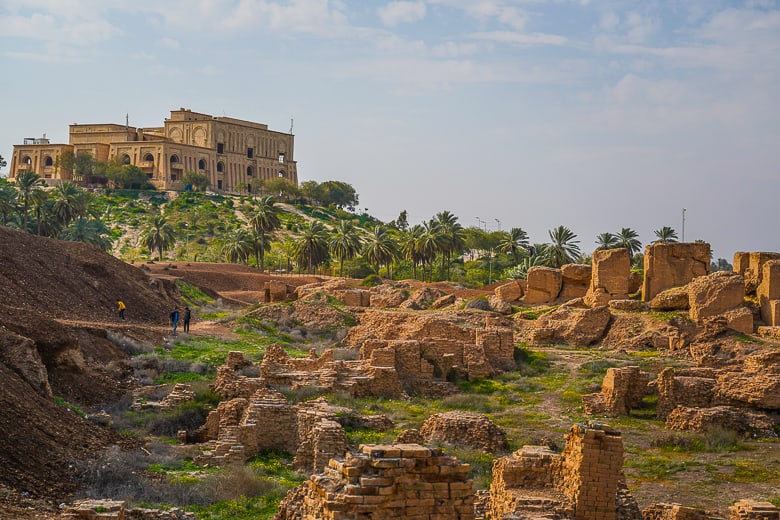
The empire eventually fell to the Persians, then to Alexander the Great, who dreamed of making Babylon his capital. His death there in 323 BCE marked the city’s gradual decline, but not its disappearance from history.
Though much of Babylon has suffered looting, neglect, and ill-fated reconstructions, including a controversial modern palace built by Saddam Hussein, the remnants still convey a powerful sense of grandeur. Visitors can walk through the ancient gates, trace the outlines of temples, and imagine the city that once defined the world’s idea of civilization.
Wadi Al-Salaam Cemetery, Najaf
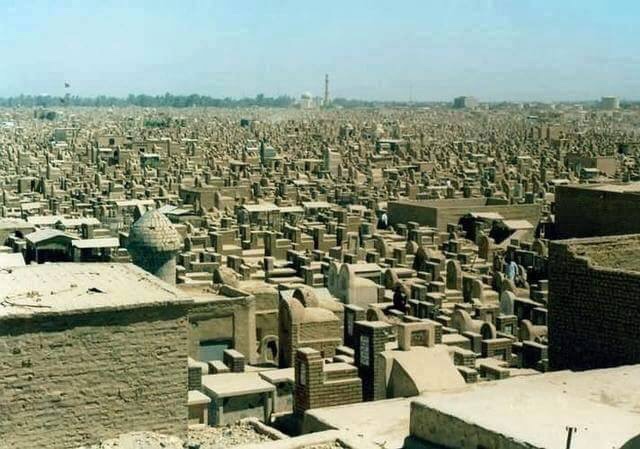
In the spiritual heart of Najaf lies Wadi Al-Salaam, which translates to Valley of Peace—a vast necropolis known as the largest cemetery in the world. Spanning nearly 1,500 acres, this immense burial ground holds over five million graves, and its history stretches back more than 1,400 years.
The cemetery is deeply intertwined with Shia Islam’s belief in spiritual proximity to Imam Ali’s shrine. Many faithful choose to be buried here, believing that resting in Wadi Al-Salaam ensures peace in the afterlife. Among its graves lie countless scholars, leaders, and prophets, their resting places marked with delicate calligraphy and intricate tilework.
Walking through its endless pathways, one feels a strange serenity—a quiet that transcends time. Though it is a place of mourning, Wadi Al-Salaam also reflects eternal faith and the human desire for peace beyond life’s turmoil.
Al Abbas Holy Shrine, Karbala
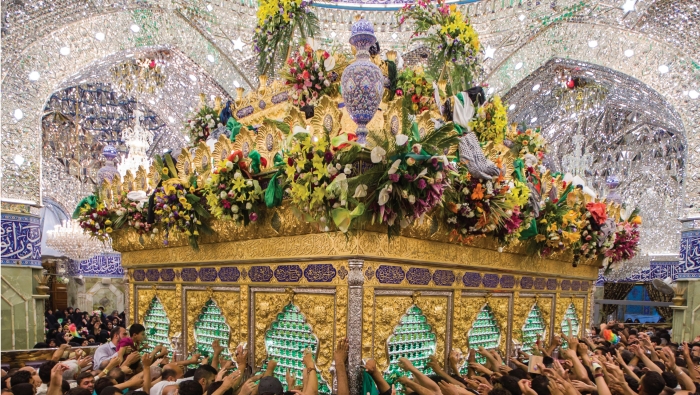
Also in Karbala, across from Imam Hussain’s Shrine, stands another monumental symbol of faith and loyalty—the Al Abbas Holy Shrine, dedicated to Al-Abbas ibn Ali, brother of Imam Hussain. During the Battle of Karbala, Al-Abbas became a legendary figure of courage, sacrificing his life to protect his family and uphold justice.
The shrine, with its twin golden domes and glimmering mosaics, honors that legacy. Pilgrims arrive here in tears, carrying with them prayers for strength and perseverance. Every detail of the structure—from its vast marble courtyard to its engraved calligraphy—reflects both beauty and devotion.
The story of Al-Abbas is retold through generations as a timeless lesson in honor and sacrifice. Visiting this shrine is not merely an act of worship; it is an encounter with one of humanity’s greatest examples of moral courage.
Rabban Hormizd Monastery, Alqosh

Carved directly into the limestone cliffs two miles from Alqosh, the Rabban Hormizd Monastery is one of Iraq’s most remarkable Christian heritage sites. Founded around 640 CE by Rabban Hormizd, a monk of the Church of the East, this monastery became a spiritual haven for monks and scholars alike.
For centuries, it served as the residence of patriarchs from the Eliya line of the Assyrian Church of the East, and later as a major center of the Chaldean Catholic Church after its union with Rome. The monastery’s stone chambers and winding stairways create an atmosphere of reverent stillness, while ancient Syriac inscriptions remain carved into its walls.
Set against sweeping views of the valley below, Rabban Hormizd stands as a bridge between faiths and eras—a testament to the endurance of Christianity in the heart of Mesopotamia. The air here feels untouched by time, echoing prayers whispered by generations of monks who once sought solitude and divinity in these rugged mountains.
Mudhafaria Minaret, Erbil

In Erbil’s Minare Park, the elegant Mudhafaria Minaret rises 36 meters into the sky, a masterpiece of medieval Islamic architecture that dates back to between 1190 and 1232 CE. Built under the reign of Muzaffar al-Din Gökböri, brother-in-law of Saladin, the minaret reflects the fusion of art, religion, and craftsmanship that flourished during this period.
Its octagonal base and cylindrical tower are constructed from baked brick, adorned with intricate geometric designs and bands of Kufic calligraphy. Each tier tells a story of the artisans who shaped it—patiently layering meaning into every arch and pattern. Although the upper balcony has long collapsed, the tower still commands a powerful presence over the surrounding park.
At sunset, the minaret glows in shades of amber and gold, its shadow stretching across Erbil’s skyline—a timeless silhouette linking Iraq’s medieval grandeur to its enduring spirit.
Each of these historic landmarks reveals a different facet of Iraq’s extraordinary past. Together, they tell a story not only of empire and religion, but of resilience and creativity that continue to define the Iraqi identity—a civilization that has endured, adapted, and lived on through the tides of time.


